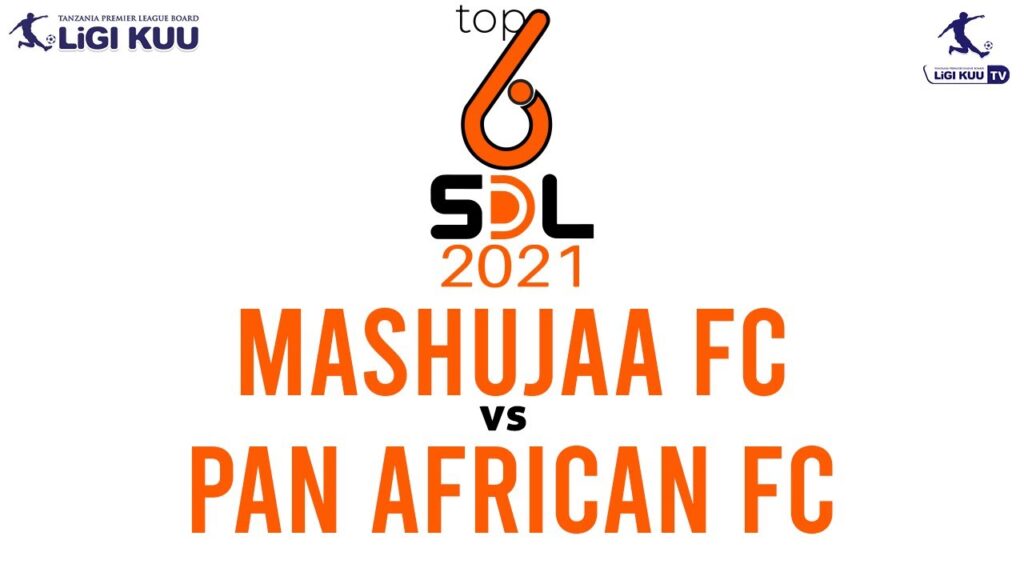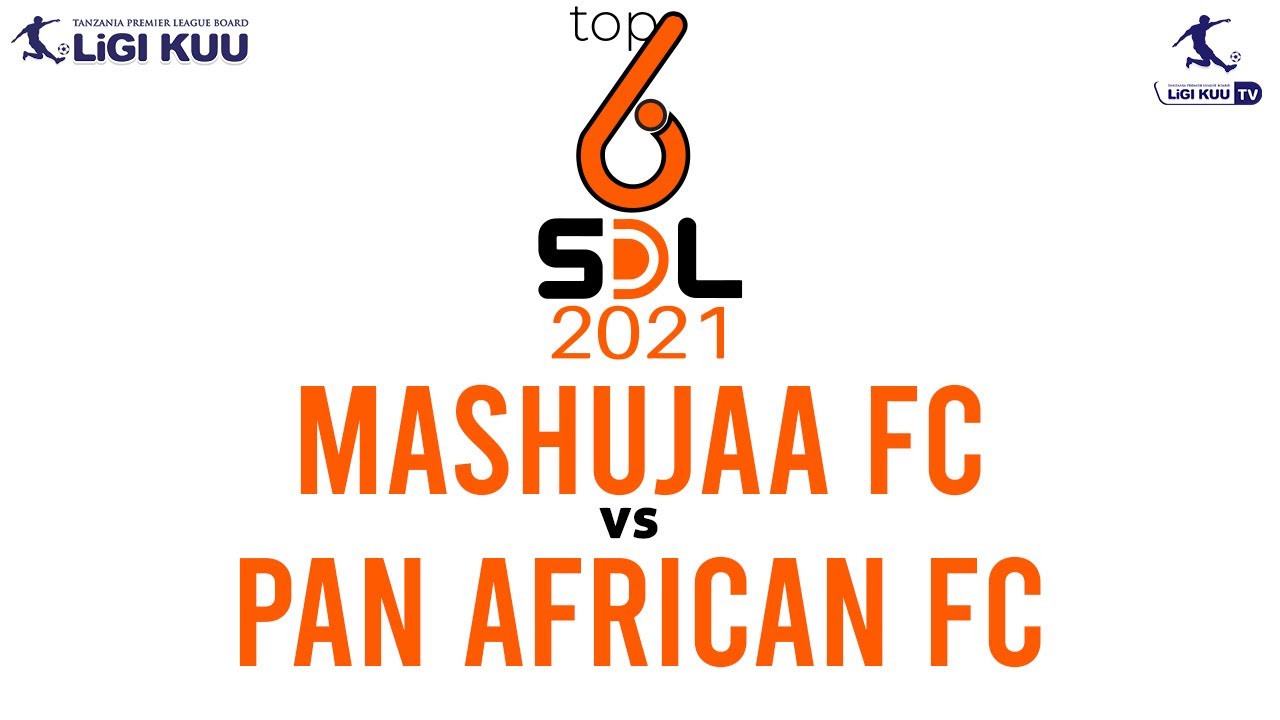
Young Africans vs. Mashujaa: A Deep Dive into Tanzanian and Kenyan Football Rivalries
The world of African football is rich with passionate rivalries, each holding its own unique history and cultural significance. While many international fans are familiar with clashes like the Cairo Derby or the Soweto Derby, the East African region boasts equally compelling matchups. Two particularly interesting examples are the rivalries involving Young Africans (Yanga) of Tanzania and Mashujaa, a term often used to refer to Kenyan national team heroes, though it can also represent a broader idea of national pride in sports. This article delves into the specifics of these rivalries, examining their historical context, the intensity of the competition, and their impact on the respective nations.
Understanding Young Africans (Yanga)
Young Africans Sports Club, commonly known as Yanga, is one of Tanzania’s most successful and popular football clubs. Founded in 1935, the club has a long and storied history, marked by numerous league titles and cup victories. Yanga’s primary rivalry is with Simba SC, another Dar es Salaam-based club, creating the Kariakoo Derby, one of the most fiercely contested matches in East Africa. However, Yanga’s influence extends beyond domestic competition. Their participation in continental tournaments often sees them face Kenyan clubs, fostering a sense of regional rivalry.
The Significance of Mashujaa
The term “Mashujaa” is Swahili for “heroes.” In the context of Kenyan football, it often refers to the national team, Harambee Stars, or individual Kenyan players who have achieved significant accomplishments. It represents the collective pride and aspirations of the Kenyan people in the sport. While there isn’t a single club referred to as Mashujaa, the concept embodies the spirit of Kenyan football and the desire to compete successfully against regional rivals, including Tanzanian teams like Young Africans.
Historical Context of the Rivalry
The rivalry between Young Africans and Kenyan teams, including the national team, has deep roots in the shared history and cultural connections between Tanzania and Kenya. Both nations are part of the East African Community, and their close proximity has fostered numerous interactions, including sporting events. Matches between Yanga and Kenyan clubs are not just about football; they are also about national pride and regional dominance. Historically, these matches have been characterized by intense competition, passionate fan support, and occasional controversies. The “young africans vs mashujaa” dynamic is often framed as a battle for bragging rights within East Africa.
Key Matches and Memorable Moments
Over the years, numerous matches between Young Africans and Kenyan teams have become legendary. These encounters are often marked by dramatic goals, controversial decisions, and unforgettable performances. For example, a Champions League qualifier or a Confederation Cup match featuring Yanga against a Kenyan club like Gor Mahia or AFC Leopards would attract massive crowds and generate significant media attention. These games are not just about the scoreline; they are about proving which nation has the stronger footballing pedigree. The young africans vs mashujaa contests are a constant source of discussion and debate among fans in both countries.
The Intensity of the Competition
The rivalry between young africans vs mashujaa is fueled by several factors. First, there’s the geographical proximity and the shared cultural heritage of Tanzania and Kenya. This creates a sense of familiarity and competition. Second, there’s the historical narrative of both nations vying for regional dominance in various fields, including sports. Third, the passionate fan bases of both Yanga and Kenyan clubs contribute to the intensity of the rivalry. These fans are fiercely loyal to their teams and are quick to defend their honor. The atmosphere at these matches is often electric, with passionate chanting, colorful displays, and a palpable sense of anticipation.
Impact on National Pride
Matches between Young Africans and Kenyan teams have a significant impact on national pride in both countries. A victory for Yanga against a Kenyan club is seen as a victory for Tanzania, and vice versa. These matches provide an opportunity for citizens to come together and rally behind their team, fostering a sense of national unity. The outcome of these games can often influence the national mood and shape public perception of the respective nations. When the young africans vs mashujaa battle is won, the victor basks in national glory.
The Role of Media
The media plays a crucial role in shaping and amplifying the rivalry between young africans vs mashujaa. Newspapers, television stations, and online platforms provide extensive coverage of these matches, fueling the hype and generating excitement among fans. The media often frames these encounters as a battle for national pride, highlighting the stakes involved and emphasizing the importance of victory. However, the media also has a responsibility to promote responsible reporting and avoid inciting violence or hatred. Sensationalizing the rivalry can have negative consequences, potentially leading to unrest and animosity between fans.
Economic Implications
The rivalry between young africans vs mashujaa also has economic implications. Matches between these teams can generate significant revenue for the clubs, the host cities, and the surrounding businesses. Increased tourism, higher ticket sales, and greater merchandise demand contribute to the economic benefits of these events. Furthermore, the success of these teams can attract sponsorships and investments, further boosting the local economy. A thriving football scene can have a positive impact on the overall economic development of both Tanzania and Kenya. The young africans vs mashujaa matches are a lucrative spectacle.
Challenges and Opportunities
Despite the excitement and passion surrounding the rivalry between young africans vs mashujaa, there are also challenges to address. Issues such as hooliganism, match-fixing, and inadequate infrastructure can undermine the integrity of the competition. It is important for football authorities to address these challenges proactively and implement measures to ensure fair play and safety. However, there are also opportunities to capitalize on the rivalry to promote football development in both countries. Investing in youth academies, improving coaching standards, and enhancing stadium facilities can help raise the overall quality of the game and attract more fans. The young africans vs mashujaa dynamic can be a catalyst for growth.
The Future of the Rivalry
The future of the rivalry between young africans vs mashujaa looks bright. As football continues to grow in popularity in both Tanzania and Kenya, the intensity of the competition is likely to increase. With improved infrastructure, better coaching, and greater investment in youth development, both nations have the potential to become major forces in African football. The rivalry between Yanga and Kenyan teams will continue to be a defining feature of the East African football landscape. As long as the passion and enthusiasm remain, the young africans vs mashujaa battles will continue to captivate fans and shape the sporting identity of both nations. Expect more thrilling encounters between young africans vs mashujaa in the years to come. The legacy of young africans vs mashujaa will continue to inspire generations of footballers and fans. The clash between young africans vs mashujaa is more than just a game; it’s a cultural phenomenon. The spirit of young africans vs mashujaa embodies the competitive nature of East African football. The ongoing saga of young africans vs mashujaa keeps fans on the edge of their seats. The tension between young africans vs mashujaa is palpable whenever they meet. The excitement surrounding young africans vs mashujaa is unparalleled in the region. Ultimately, the young africans vs mashujaa rivalry contributes to the vibrant tapestry of African football. [See also: East African Football Rivalries] [See also: Tanzanian Football History] [See also: Kenyan National Team Performance]
Conclusion
The rivalry between Young Africans and Kenyan teams, representing the broader concept of young africans vs mashujaa, is a compelling example of the passion and intensity that characterize African football. Rooted in shared history and cultural connections, this rivalry has a significant impact on national pride and generates considerable economic benefits. While there are challenges to address, the future of the rivalry looks bright, with the potential to further promote football development in both Tanzania and Kenya. As long as the passion and enthusiasm remain, the young africans vs mashujaa battles will continue to captivate fans and shape the sporting identity of both nations.
